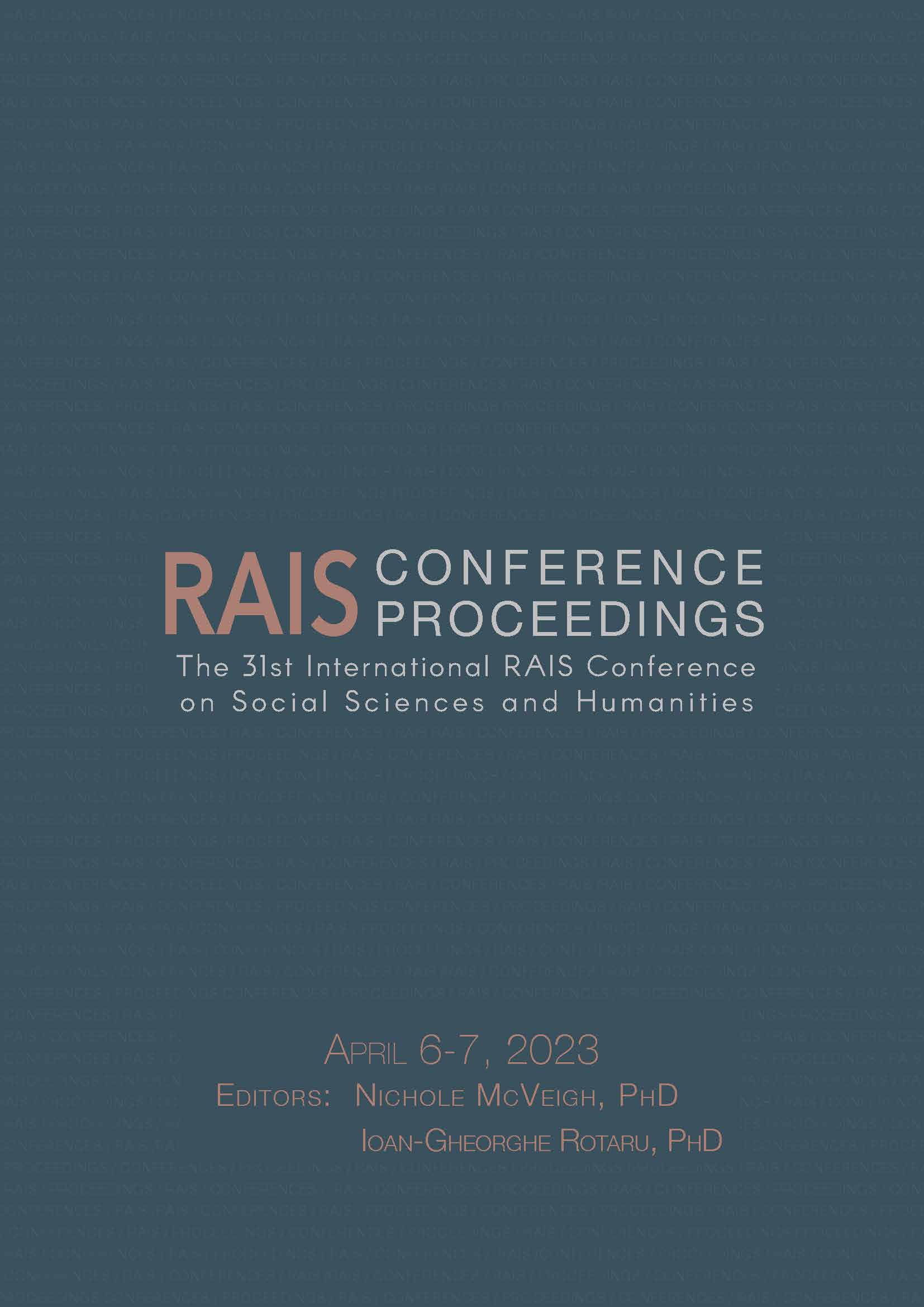Food Waste Management and Artificial Intelligence Adoption in Supply Chain Operations Reference Model
Food Waste Management and Artificial Intelligence Adoption in Supply Chain Operations Reference Model
Author(s): Sonal Pandey
Subject(s): Business Economy / Management, Energy and Environmental Studies, Transport / Logistics
Published by: Scientia Moralitas Research Institute
Keywords: Artificial Intelligence; Data analysis; Food waste; Survey; SCOR model;
Summary/Abstract: Unused food is discarded, lost, or uneaten; these are the three types of food waste. Despite their similarities, all three have critical differences within their definitions. Food waste or loss causes are numerous and occur at the production, processing, retailing, and consumption stages. Current estimates put global food loss and waste between one-third and one-half of all food produced. Loss and wastage occur at all food supply or value chain stages. In low-income countries, most loss occurs during production, while in developed countries, much food – about 100 kilograms (220 lbs.) per person per year – is wasted at the consumption stage. Everyday households around the world throw away tons of food while many people on the same planet are dying from hunger. Our reality is full of contradictory facts that we can ignore or not. For someone, this will be a good reason to get concerned and take care of their food waste, while others will need more reasons for that. A good reason would be the collection of data by local community to show the reality of the percentage of food waste in households. The U.S. Department of Agriculture estimates that more than 130 billion pounds (about 58966960000 kg) of food is wasted in this country alone every year – an average of more than 200 pounds of food per person. It is a staggering number, and combined with the approximately 17 percent of food going to waste in the rest of the world, it has real consequences for people everywhere (embrace relief.org). The cost of food for the preparation of meals is the second largest expense in households, right after personnel costs. This study aims to explore ways to reduce food wastes and losses and establish a better management of food disposal in households. Data was colected through a survey of local households in New Jersey. An in-depth survey was conducted with the help of Survey Monkey and 1000 local households were contacted in November 2022, with a brief introduction to the research topic. 891 respondents replied and showed interest in sharing their views on the topic and ready to share the data of their household food waste. To maintain confidentiality, I have anonymized the respondents as a number. The purpose of the descriptive data analysis was to show how important food waste management is and what the several reasons are for household food waste. With single-family settings, I also try to analyze the amount of food waste per family. The results of my analysis show the amount of food wasted in this area every month. Based on the analysis, there are suggestions about how we can minimize food waste. To give lots of suggestions, I implemented the SCOR (Supply Chain Operations Reference) model facilitated by Artificial Intelligence.
Book: Proceedings of the 31st International RAIS Conference on Social Sciences
- Page Range: 45-53
- Page Count: 9
- Publication Year: 2023
- Language: English
- Content File-PDF

